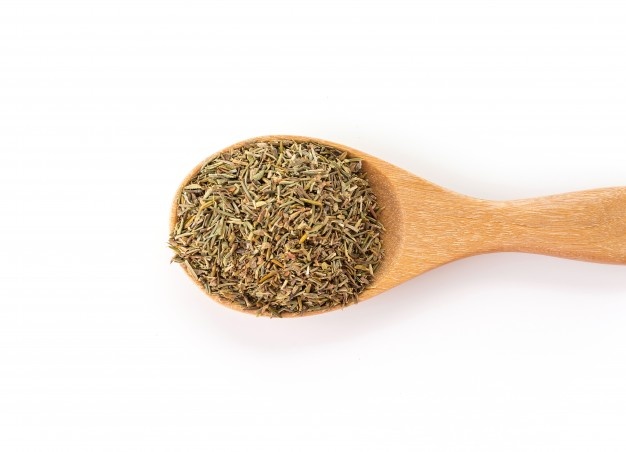How to Tell if Thyme Is Bad?
Thyme is a herb widely utilized in producing medications and other products worldwide. Thyme can flavor various meals, but it is most commonly used in rice dishes. So, if you’ve had a bundle of thyme in your cupboard for a while and aren’t sure if you should use it, you might wonder if thyme goes terrible.
When choosing thyme for cooking, look for an herb that remains green throughout the winter. Slightly acidic soil is perfect, but thyme does not grow well in deep shade.


